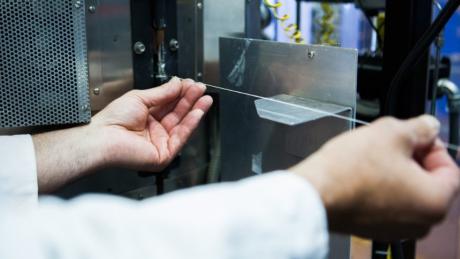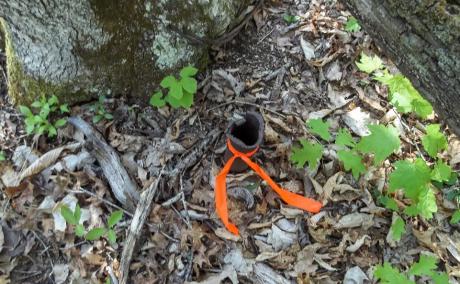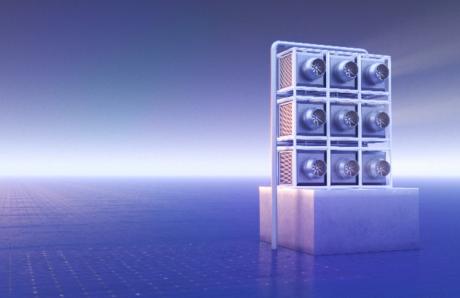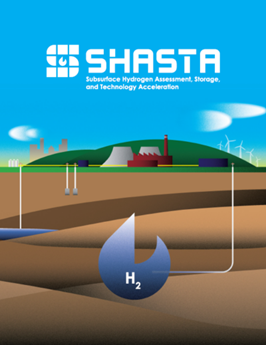NETL researchers have developed a cutting-edge fiber-optic sensor to monitor conditions in extreme environments thousands of feet below the Earth’s surface and obtain essential data needed to safely sequester greenhouse gas in underground reservoirs.
NETL will support a new research consortium funded by the Bipartisan Infrastructure Law (BIL) to identify and characterize the nation’s vast number of undocumented orphaned wells (UOWs) and determine their full environmental impact with a focus on methane emissions, a potent greenhouse gas.
On Aug. 29, 2022, the Biden-Harris Administration, through the U.S. Department of Energy (DOE), issued a Request for Information (RFI) to help guide the implementation of $335 million in investments from President Biden’s Bipartisan Infrastructure Law for lithium-ion battery recycling programs.
NETL received stakeholder feedback and suggestions as the Lab prepares to launch a $25 million Direct Air Capture (DAC) Test Center that will identify promising technologies to separate carbon dioxide (CO2) from ambient air so the greenhouse gas can be safely and permanently stored deep underground or converted into value-added products.
WASHINGTON, D.C. — On Aug. 30, 2022, the U.S. Department of Energy’s (DOE) Office of Fossil Energy and Carbon Management (FECM) announced $6.4 million in funding for 18 projects to conduct early-stage research and development of decarbonization technologies and environmental remediation, and to develop strategies to enhance the engagement of minority-serving institutions on FECM-related research at eligible U.S. colleges and universities.
WASHINGTON, D.C.— The U.S. Department of Energy’s (DOE) Office of Fossil Energy and Carbon Management (FECM) released a Request for Information (RFI) on Aug. 25, 2022, on the characterization, treatment and cleaning, and management of effluent waters from oil and natural gas development and production, along with legacy wastewaters associated with thermal power generation.Water is critical to almost every phase of fossil energy operations — from resource extraction, transport, and processing to power generation.
The U.S. Department of Energy’s (DOE) Subsurface Hydrogen Assessment, Storage and Technology Acceleration (SHASTA) collaboration, a project designed to use unique capabilities and expertise of key national laboratories to determine the viability, safety, and reliability of storing hydrogen in subsurface environments, has added Sandia National Laboratories as its fourth research partner.
WASHINGTON, D.C.— The U.S. Department of Energy (DOE) recently announced the award of $28.9 million to 15 industry- and university-led projects and a new $32 million funding opportunity for research that will advance cutting-edge clean hydrogen technology solutions. The funding will support clean hydrogen uses for a more available and affordable fuel for electricity generation, industrial decarbonization, and transportation fuel.
Safe large-scale geological hydrogen storage is important in the national drive to use hydrogen to attain net-zero carbon emission goals by 2050. Conclusive research to determine the effect of gas injections on the naturally occurring underground microbial community and geochemical reactions between hydrogen and rock mineralogy are critical research subjects in that effort.
WASHINGTON, D.C. — The U.S. Department of Energy’s (DOE) Office of Fossil Energy and Carbon Management (FECM) today announced more than $31 million in funding for 10 projects to develop carbon capture technologies capable of capturing at least 95 percent of carbon dioxide (CO2) emissions generated from natural gas power plants, waste-to-energy power plants, and industrial applications, including cement and steel.













